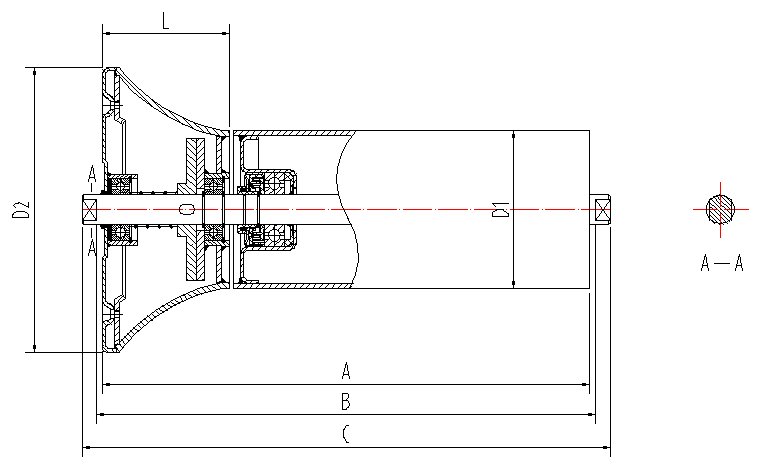 Afrikaans
Afrikaans  Albanian
Albanian  Amharic
Amharic  Arabic
Arabic  Armenian
Armenian  Azerbaijani
Azerbaijani  Basque
Basque  Belarusian
Belarusian  Bengali
Bengali  Bosnian
Bosnian  Bulgarian
Bulgarian  Catalan
Catalan  Cebuano
Cebuano  Corsican
Corsican  Croatian
Croatian  Czech
Czech  Danish
Danish  Dutch
Dutch  English
English  Esperanto
Esperanto  Estonian
Estonian  Finnish
Finnish  French
French  Frisian
Frisian  Galician
Galician  Georgian
Georgian  German
German  Greek
Greek  Gujarati
Gujarati  Haitian Creole
Haitian Creole  hausa
hausa  hawaiian
hawaiian  Hebrew
Hebrew  Hindi
Hindi  Miao
Miao  Hungarian
Hungarian  Icelandic
Icelandic  igbo
igbo  Indonesian
Indonesian  irish
irish  Italian
Italian  Japanese
Japanese  Javanese
Javanese  Kannada
Kannada  kazakh
kazakh  Khmer
Khmer  Rwandese
Rwandese  Korean
Korean  Kurdish
Kurdish  Kyrgyz
Kyrgyz  Lao
Lao  Latin
Latin  Latvian
Latvian  Lithuanian
Lithuanian  Luxembourgish
Luxembourgish  Macedonian
Macedonian  Malgashi
Malgashi  Malay
Malay  Malayalam
Malayalam  Maltese
Maltese  Maori
Maori  Marathi
Marathi  Mongolian
Mongolian  Myanmar
Myanmar  Nepali
Nepali  Norwegian
Norwegian  Norwegian
Norwegian  Occitan
Occitan  Pashto
Pashto  Persian
Persian  Polish
Polish  Portuguese
Portuguese  Punjabi
Punjabi  Romanian
Romanian  Russian
Russian  Samoan
Samoan  Scottish Gaelic
Scottish Gaelic  Serbian
Serbian  Sesotho
Sesotho  Shona
Shona  Sindhi
Sindhi  Sinhala
Sinhala  Slovak
Slovak  Slovenian
Slovenian  Somali
Somali  Spanish
Spanish  Sundanese
Sundanese  Swahili
Swahili  Swedish
Swedish  Tagalog
Tagalog  Tajik
Tajik  Tamil
Tamil  Tatar
Tatar  Telugu
Telugu  Thai
Thai  Turkish
Turkish  Turkmen
Turkmen  Ukrainian
Ukrainian  Urdu
Urdu  Uighur
Uighur  Uzbek
Uzbek  Vietnamese
Vietnamese  Welsh
Welsh  Bantu
Bantu  Yiddish
Yiddish  Yoruba
Yoruba  Zulu
Zulu Key Components of Belt Conveyor Systems and Their Functions
Main Parts of Belt Conveyor
Belt conveyors are essential components in modern industrial operations, providing a reliable means of transporting materials across various distances and elevations. Understanding the main parts of a belt conveyor is crucial for anyone involved in design, maintenance, or operation of these systems. Here, we’ll break down the primary components that make up a belt conveyor.
1. Conveyor Belt
The conveyor belt is the most vital component of the system. It is a continuous loop made of various materials such as rubber, PVC, or fabric, depending on the application. The belt's primary function is to carry materials from one point to another. It must be strong enough to handle the load yet flexible enough to navigate various pulleys and bends. Additionally, different surfaces can be used on the belt for specific applications; for example, a textured surface may be applied to increase friction and prevent slipping of loose materials.
2. Drive Unit
The drive unit, often consisting of one or more electric motors, provides the necessary power to move the belt. This unit typically features a gearbox that reduces the motor speed while increasing torque, ensuring smooth and efficient operation. The drive mechanism can be designed for various configurations, whether it is a center drive, end drive, or dual drive system, depending on the conveyor system's length and its load requirements.
3. Pulleys
Pulleys play a crucial role in the functioning of a belt conveyor system. They help support and guide the belt, as well as aid in tensioning the system. There are several types of pulleys, including
- Drive Pulley This is the powered pulley that moves the belt and conveys material. - Idler Pulley These pulleys support the belt along its path and do not provide any power to the system. - Tail Pulley Located at the end of the conveyor, it helps return the belt to the drive pulley.
Pulleys are commonly made from steel or other durable materials to withstand wear and tear from continuous operation.
main parts of belt conveyor

4. Idlers
Idlers or roller supports are located along the conveyor's length and support the belt's weight while allowing it to move freely. They are crucial for minimizing friction, conserving energy, and enhancing the lifespan of the belt. Idlers can be arranged in various configurations such as troughing idlers, flat idlers, and return idlers, depending on the type and angle of the materials being conveyed.
5. Frame
The frame provides structural support for the entire conveyor system. Typically constructed from steel or aluminum, the frame must be robust enough to bear the weight of the materials and the conveyor's components. The design of the frame can vary considerably to accommodate different layouts and operational demands. Frames are often built to allow for easy integration with other equipment, such as hoppers and chutes, for streamlined material handling.
6. Tensioning Devices
To ensure the belt remains taut and operates efficiently, tensioning devices are used. This may include manual or automatic tensioners that adjust to the belt's elongation during operation. Maintaining the correct tension is vital, as it prevents slippage or damage to the belt while also reducing energy consumption.
7. Control System
Modern belt conveyors often include sophisticated control systems that enhance their operation. These can include variable frequency drives (VFDs) to control the speed of the motors, sensors to monitor load and tension, and automated systems for operational efficiency. Control systems allow for real-time monitoring and adjustments to ensure the conveyor operates within safety and performance parameters.
Conclusion
Understanding the main parts of a belt conveyor is essential for anyone working with this pivotal transport system. Each component plays a vital role in ensuring the conveyor operates effectively and reliably. From the belt that carries materials to the intricate systems that drive, tension, and control it, every part contributes to an integrated system designed to enhance productivity in various industries. By mastering these components, businesses can optimize their conveyor systems, leading to better performance and lower operational costs.





























